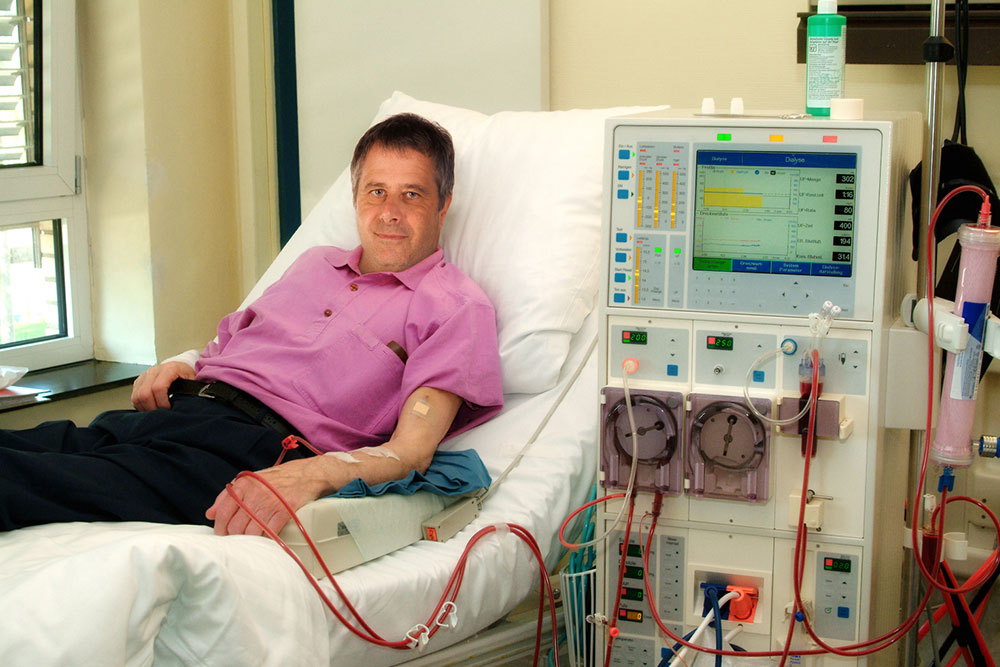Essential Things to Know about Kidney Dialysis
Things often do not go according to your plans and situations may force you to opt for something you never thought about. Kidney dialysis is something no one would like to go through if it is not the last option. We will talk about the need for this therapy and how it can save one’s life. People with damaged kidneys often find it almost impossible to defuse their waste and opt for dialysis as an alternative to carrying out the natural processes artificially.
The process of dialysis is also known as RRT (Renal Replacement Therapy). The primary function of our kidneys is to control the water level of our body and eliminate waste.

The importance of dialysis
If a person’s kidneys have lost more than 90% of their functionality, the person should opt for dialysis. A recently conducted study has revealed that more than 14% of the population is suffering from various kinds of kidney diseases. If the kidneys have stopped its natural functioning, then the affected person will need an effective alternative to stay alive, and that is where the dialysis therapy works.
Our kidneys purify nearly 150 quarts of blood each day, and if they do not work properly, then wastages will start polluting the blood. If an immediate action has not been taken in such a situation, the affected person will either die or go into a coma. Dialysis therapy prevents wastage from reaching dangerous levels. It also removes drugs and toxins from the blood in an emergency situation.
Common types of dialysis therapy
There are three common types of dialysis therapy. They are Intermittent Hemodialysis (IHD), Peritoneal Dialysis (PD) and Continuous Renal Replacement Therapies (CRRT). Let us learn more about these dialysis therapies.
Intermittent Hemodialysis
In this treatment, a machine circulates the blood outside the patient’s body and purifies it. Following this, the patient receives the blood through a tube called the catheter. Like the real kidneys, the machine eliminates the waste from the blood. There is a need for surgery in this treatment so that doctors can insert the catheter. The therapy is given three times a week and it can be performed both in the hospital and at home.
Peritoneal Dialysis
This is a sterile dialysate treatment and the therapy works through diffusion. In this process, minerals and glucose are sent through a tube to the patient’s peritoneal cavity that encircles the intestine. In this process, the dialysis therapy utilizes the functions of the peritoneum to filter wastages and purify the blood. Experts keep the dialysate inside the peritoneal cavity for a while so that it can soak up wastages. The process can be performed overnight.
Continuous Renal Replacement Therapy (CRRT)
This therapy can be conducted only inside an intensive care unit, and the therapy is designed for day-long use. The process can be done through either diffusion or filtration. The process of fluid removal in this therapy is slow, and that makes it more tolerated than other types of kidney dialysis.
The efficacy of kidney dialysis
A patient only opts for a dialysis therapy when his or her kidneys have partially stopped working. However, the process of dialysis cannot provide the same result as kidneys. It is not that the patient who is going through the treatment cannot lead a normal life. There will be some restrictions in taking foods, drinks and some physical activities, but the patients can lead a normal life with this treatment.
When should one opt for the treatment
It takes time to notice the symptoms of kidney failure as a chronic failure of this vital organ occurs gradually. It is very difficult to diagnose kidney failure at the initial stage, as the key symptoms of kidney failure emerge lately. The key symptoms of kidney failure include:
- A frequent urge of urination
- A feeling of fatigue and tiredness
- Nausea
- Blood and protein in the urine
- Sexual problems such as erectile dysfunction
- Itchy skin
- Swollen limbs
- Short breath
Several reasons can invite kidney failure and force us to opt for kidney dialysis. People with kidney disorders are vulnerable to develop anemia. The disease emerges when the level of erythropoietin decreases. Our kidneys produce erythropoietin, and it helps our body to generate red blood cells. A person develops anemia when the count of red blood cells becomes low.
Our kidneys are among the most vital parts of our body as they help our body to control its internal environment. Kidneys control the levels of water in our body. They can also play a key role in controlling blood pressure. If the kidneys stop working properly, we will notice an imbalance in our body functions. Thus, if you have experienced any of the above-mentioned complications, take time to visit a specialist.

